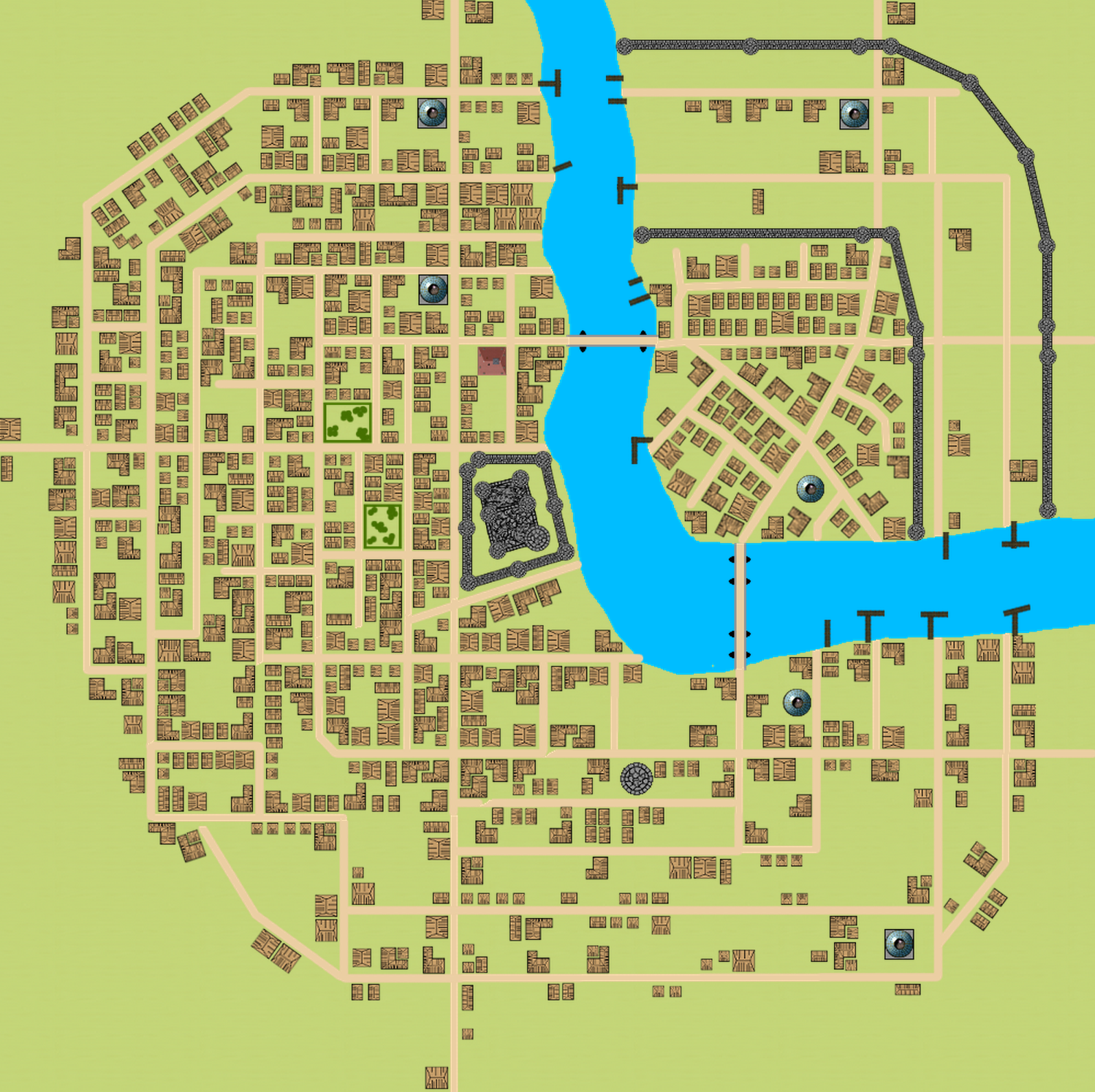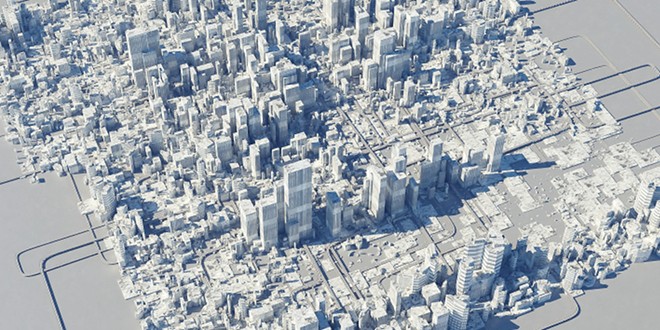

Your bazaars will be in lowland areas, as will your docks and warehouses. Lowland areas are going to be working districts.

Since it is difficult to bring heavy goods up hill, they will rarely be locations of commerce. Generally: the higher up you live, the richer you are. The highest hills will be claimed by defensive structures (watch towers and forts) or by the super rich (palaces and estates). Highland areas are going to be more residential in nature. The city’s terrain also helps you know where the city’s districts and wards are going to be. Cities have rivers and streams and the knowing where the highlands are will help you know how the water flows. You should have an idea – at least a sketch – of the highlands and lowlands as this defines the flavor of those parts of the city. Rome is famously built on “Seven Hills”, for instance, and Florence’s biggest feature is the River Arno. Most cities are not built on flat, featureless land.


You need to know a lot about your city before you can begin to lay pen to paper, I’m afraid. I highly recommend using a dual-grid strategy (where you have a grid where 1 hex equals 1 mile, and another where 1 hex equals 1/10th of a mile). Any tighter than that and your map may lose its value, or you’ll find yourself making a blueprint or a battlemap. Whatever you select, you’ll want to have a single grid point to be equal to about 1/10th of a mile. This will provide a coordinate system: any one square can be identified with its letter and number (e.g., square B4, or square C9). If you do so, along the top (or bottom, or both) you should label each column with a letter (A, B, C, etc.) and along the side (left or right, or both) label each row with a number (1, 2, 3, etc.). However, it is sometimes desirable to use a square scaling grid and do cross-section coordinates.


 0 kommentar(er)
0 kommentar(er)
